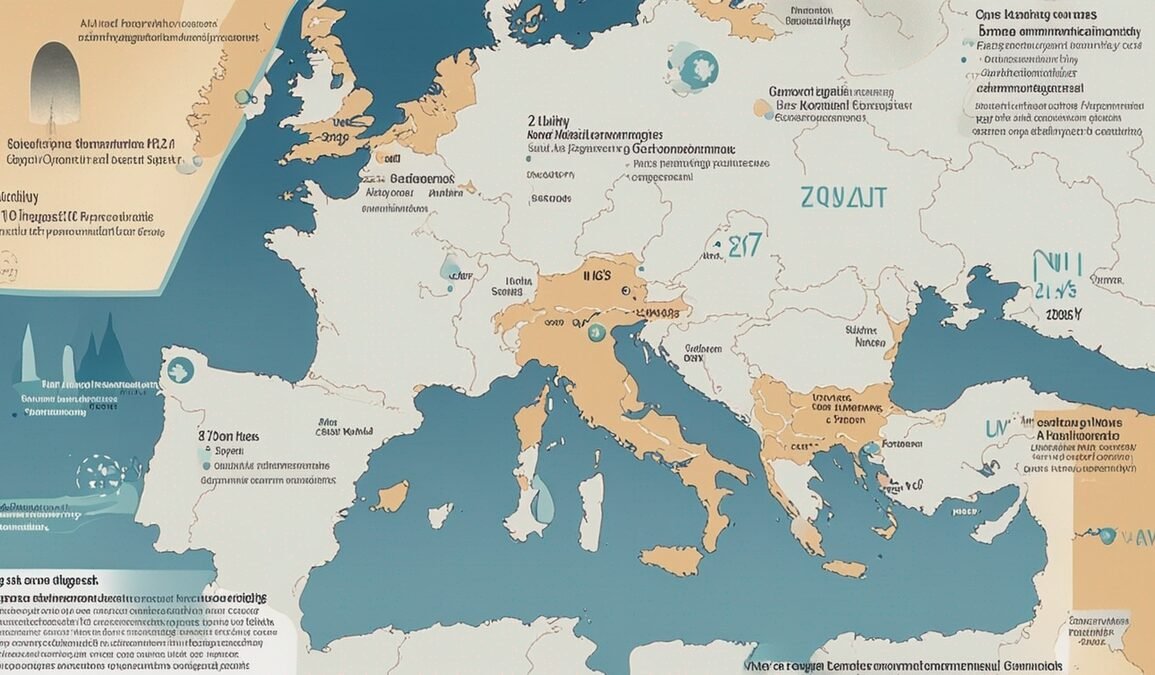A recent study conducted between 1990 and 2019 has revealed the complex connection between economic growth and environmental impact in the European Union’s 27 member countries (EU-27). Led by Safwan Mohammed, this study focused on the Environmental Kuznets Curve (EKC), which suggests that environmental degradation initially increases with economic growth but eventually declines as nations achieve higher income levels.
The Environmental Kuznets Curve: Deciphering Its Meaning
This research examined the patterns of carbon dioxide (CO2) emissions in relation to energy consumption, gross domestic product (GDP), and population dynamics. Employing the EKC framework, which was first proposed by economist Simon Kuznets in the 1950s, the analysis explored the hypothesis that economic development leads to environmental degradation until a certain income per capita is reached when societies begin investing in the environment, resulting in improved environmental quality.
EU-27: Economic Growth Coexisting with Decreasing Emissions
The study’s findings highlight a significant decrease in CO2 emissions throughout the EU-27, despite simultaneous increases in both the economy and population size. This demonstrates the validity of the EKC hypothesis, demonstrating that economic growth and environmental quality are not mutually exclusive but can coexist.
Effective EU Policies and Technological Advancements
The study attributes this positive trend to the combination of effective EU environmental policies, progressive technological advancements, and an increasing societal awareness of sustainability concerns. It emphasizes the crucial role these factors play in guiding economic growth towards environmental sustainability.
This research is not only of academic interest but also bears significant real-world implications. It confirms the success of the EU’s environmental policies in enhancing environmental quality alongside economic growth. The insights gained from this study are invaluable for policymakers and stakeholders in formulating effective strategies for sustainable development and environmental protection.














